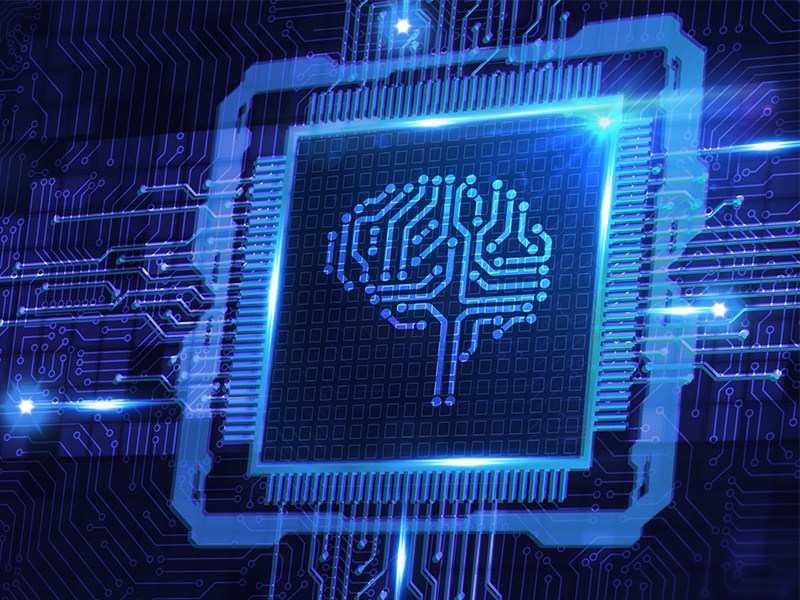Model performed with accuracy of 88 percent for Critical Care Pain Observation Tool, 66 percent for visual analog scale
By Elana Gotkine HealthDay Reporter
FRIDAY, Oct. 27, 2023 (HealthDay News) — An automated pain recognition system is promising for detecting pain before, during, and after surgery, according to a study presented at ANESTHESIOLOGY 2023, the annual meeting of the American Society of Anesthesiologists, held from Oct. 13 to 17 in San Francisco.
Timothy Heintz, from the University of California San Diego, and colleagues examined the use of computer vision-based deep learning (DL) models to predict pain measurements using facial images in 77 patients. Patients were recorded using a three-camera array, and pain episodes were documented and assessed using the self-described visual analog scale (VAS) and the observer-measured Critical Care Pain Observation Tool (CPOT) scale. Raw facial images were randomly divided into training (60 percent), validation (20 percent), and testing sets (20 percent).
The DL models were trained on 143,293 images from 115 and 159 pain and nonpain episodes in 69 unique patients who underwent a range of elective surgical procedures. For CPOT, scores of â¤2 were classified as no pain and scores of â¥3 were classified as pain. A score of 0 on the VAS denoted no pain, while scores greater than 0 indicated pain. The researchers found that DL models performed with an accuracy of 88 and 66 percent for CPOT and VAS, respectively. Occlusion heatmaps indicated increased attention to the brows, nose, and upper lip, indicating that these were critical facial indicators for pain assessment.
“Our proof-of-concept artificial intelligence model could help improve patient care through real-time, unbiased pain detection,” Heintz said in a statement.
Copyright © 2023 HealthDay. All rights reserved.








